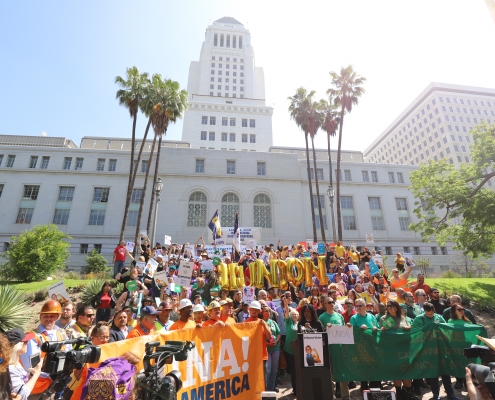
“Janus” Challenges Unions to Organize
By Kent Wong Director, UCLA Labor Center The Supreme…
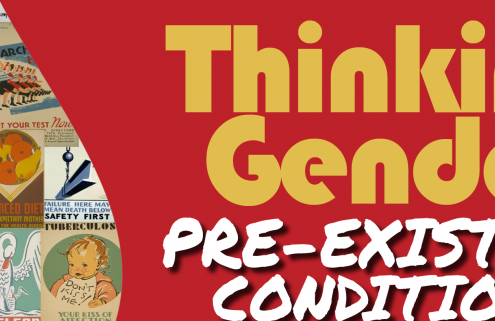
Reflecting on an Evening of Art, Health, & Thinking Gender
By Drew Westmoreland, MSPH, PhD 2018 Thinking Gender Coordinator Thinking…
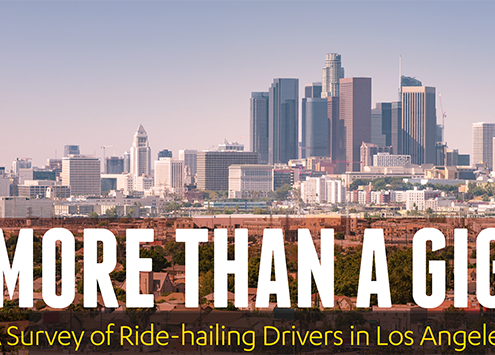
More Than a Gig: A Survey of Ride-Hailing Drivers in Los Angeles
By Abel Valenzuela Jr. Professor and Director of the UCLA…

Is Hollywood Leaving Money on the Table? Key Findings from the Hollywood Diversity Report 2018
The Hollywood Diversity Report 2018 is the fifth in a series…

From Tide Pods to Perfumes: UCLA CSW’s Chemical Entanglements Initiative
By Gracen Brilmyer, Graduate Student Researcher, UCLA Center…
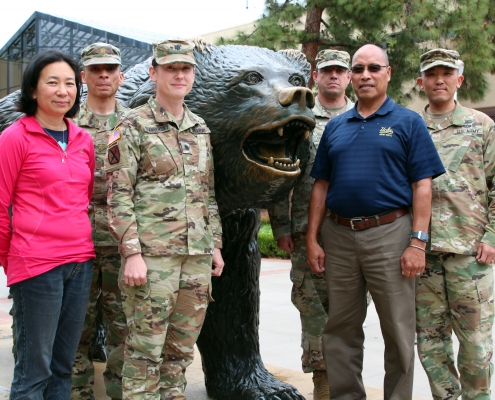
UCLA Army ROTC: Character and Leader Development at Home and Abroad
By Lieutenant Colonel Shannon V. Stambersky Professor…
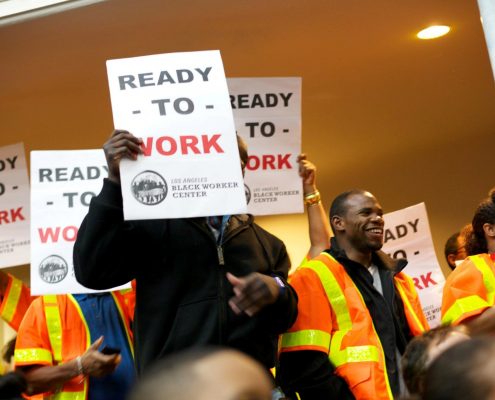
Ready to Work, Uprooting Inequity: Black Workers in Los Angeles and California
By Lola Smallwood-Cuevas, Project Director & Saba Waheed,…
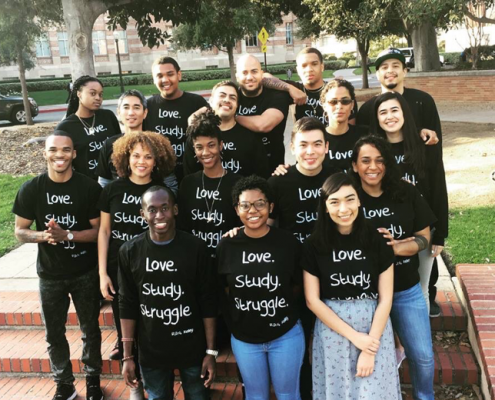
Mapping LA’s Million Dollar Hoods
By Kelly Lytle Hernandez Professor of History and African-American…

